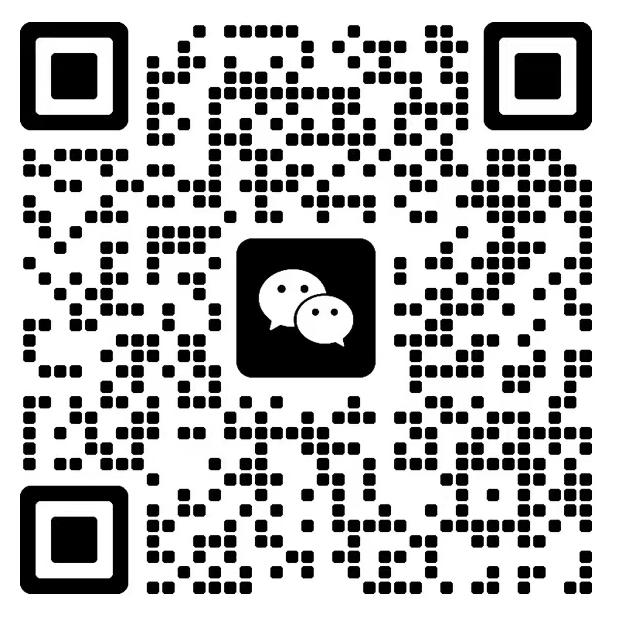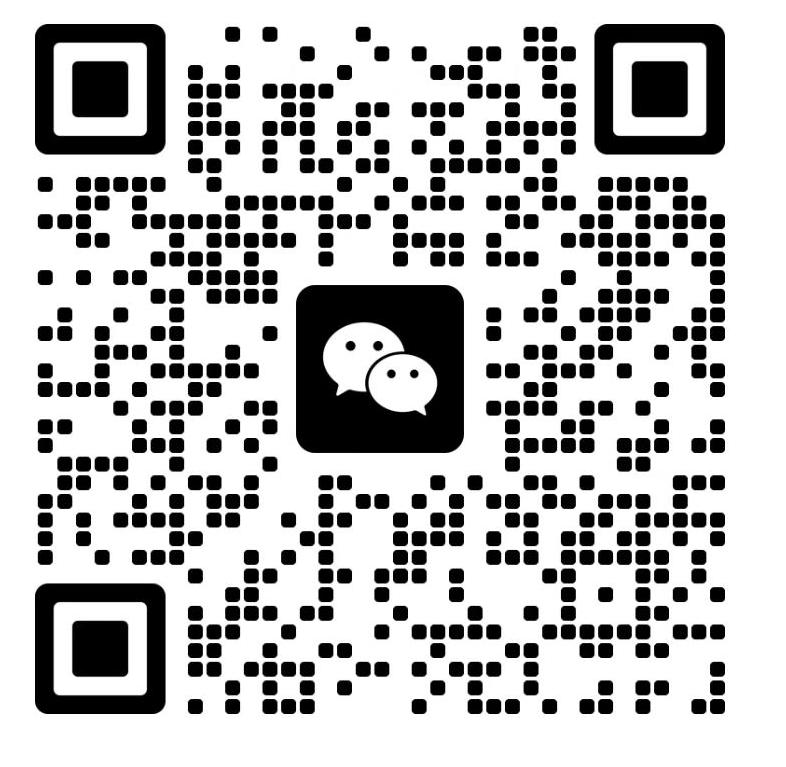Description
ANZ-08/TL Internet of Vehicles on-site teaching experimental platform is an intelligent driving simulation operation platform based on the Internet of Vehicles. Based on the network transmission of big data, the platform highly integrates road information, road information, environmental information, sign information, vehicle information, and sensor equipment information, enabling users to comprehensively experience the driving experience of various models and the interaction of real-time information on the Internet of Vehicles during the use process.
1、 & nbsp;& nbsp;& nbsp;& nbsp; Principles of ANZ Onsite Teaching and Experiment Platform for Internet of Vehicles
This platform integrates driving, data collection, road condition simulation
A series of functions such as vehicle vehicle interaction, vehicle network interaction, data analysis, report generation, etc
1、 & nbsp; Data provision layer: provided by a background cloud based on big data, it combines all data information, video information, map information, vehicle information, and weather information of the Internet of Vehicles through simulation and early stage road condition collection and scene collection.
2、 & nbsp; Data processing layer: Effectively integrate various data, develop an ANZ application software platform, and achieve real-time interaction with drivers. Drivers can freely select vehicles, road conditions, and weather scenarios in the system, and the system performs data integration and matching.
3、 & nbsp; Data application layer: receives various types of information from the data processing layer, dynamically displays the current road scene, path, and other information through specific display devices, dynamically provides driver control action feedback, achieves real-time interaction between the vehicle, vehicle, and platform, and timely records information about driver operations, generates log report files, and uploads them to the cloud.
2、 & nbsp; ANZ-08/TL Network of Vehicles On-site Teaching Experimental Platform System Structure
The system is composed of a cloud server, a cloud platform display screen, and multiple simulation stands. The simulation stand is composed of a client host, external sensors, a display screen, an interactive screen, a direction control pedal, a gear shift mechanism, and a driver's seat. The functions of each component are as follows:
1、 & nbsp; Cloud server: stores various types of data information of the Internet of Vehicles, such as map information, scene information, weather information, vehicle information, driver control information, etc., transmits corresponding vehicle network data information to the client based on the driver's choice, displays the customers currently using the system on the cloud platform display screen, and realizes the interaction between the driver and the cloud platform and between the driving clouds through the authorization.
2、 & nbsp; Client host: Complete real-time data exchange with cloud servers, data collection and transmission of sensors, data interaction and display with client displays, data collection and display of driving control systems, real-time display of dynamic driving scenario information on client screens, connection to the cloud through the network, and upload updated data.
3、 & nbsp; Client display screen: real-time display of current driving road conditions, signs, and surrounding vehicle information, which can closely cooperate with the driver's control and respond to the driver's control through a computer in a timely manner.
4、 & nbsp; Interactive screen: Receive real-time vehicle condition information, road condition information, navigation information, and vehicle flow information sent by the computer host, and achieve vehicle vehicle interaction and vehicle console interaction.
5、 & nbsp; External sensors: include data acquisition or simulation of accelerometers, inertial navigation systems, GPS systems, radar, etc. Through data processing on a computer host, changes in the road are simulated and displayed on the main screen, such as: uphill and downhill, lane width, day, mountain roads, tunnels, and a series of scenarios.
6、 & nbsp; The directional control pedal simulates manual and automatic operations and uploads data to the computer host.
7、 & nbsp; Gear shift mechanism: Simulate manual, automatic, handbrake, and other operations, and upload data to the computer host.
8、 & nbsp; Driver's seat: Users can ride and adjust to complete driving operations.
3、 ANZ-08/TL Onsite Teaching and Experimental Platform Software Functions for Internet of Vehicles
1. Scenario modeling: Build transportation infrastructure, design roads through the menu, select any combination of pavement, curves, straights, and ramps, build the required model in the editing window, and add other relevant environmental facilities, such as typical facilities such as gas stations, pedestrians, and vehicles.
2. Sensor design: Any combination of sensors in the system, monocular and multi camera, fish eye camera, laser radar, ultrasonic radar, GPS positioning, etc., to simulate and achieve real-time acquisition of the surrounding traffic environment. Realize the environmental awareness function of assisted driving technology. Add a camera or TIS sensor to the selected vehicle, select the relevant adjustment amount, and adjust the relevant position, detection range, and detection distance through the target amount parameter setting. After adjusting the relevant parameters, observe the visual range of the camera and TIS through a 3D model. If there is a blind area, it can be changed at any time. During the driving process, real-time display of various sensor information to assist the driver in completing the driving operation
3. Control and simulation design: According to the control algorithm designed in the simulation scheme, write relevant control algorithms, implement a simulation control model, and use the built scene and control algorithms to detect the output results of the output module. Utilize image waveform comparison or data output values to compare actual results, combined with three-dimensional simulation to achieve real-time driver handling simulation, and analyze vehicle trajectory and direction


